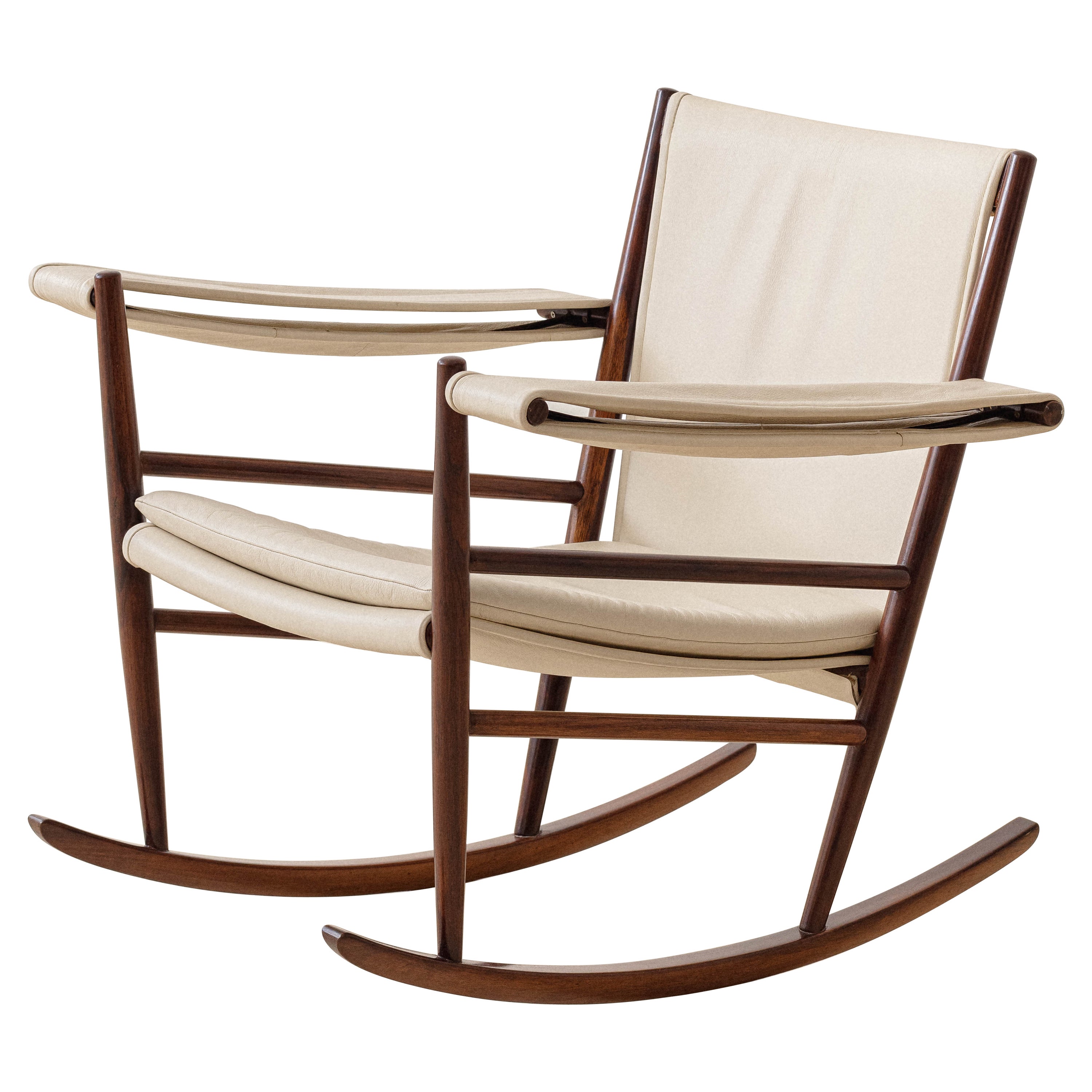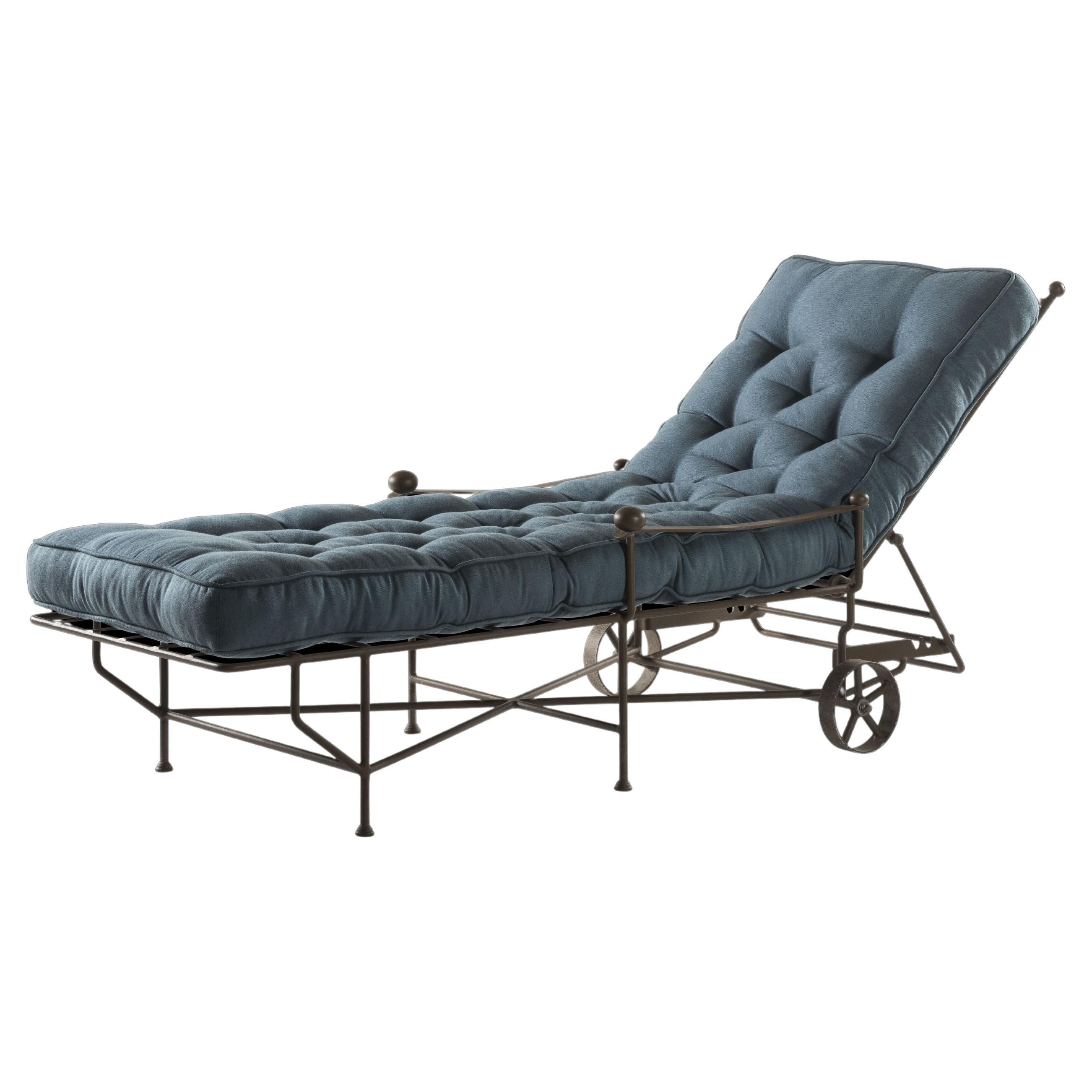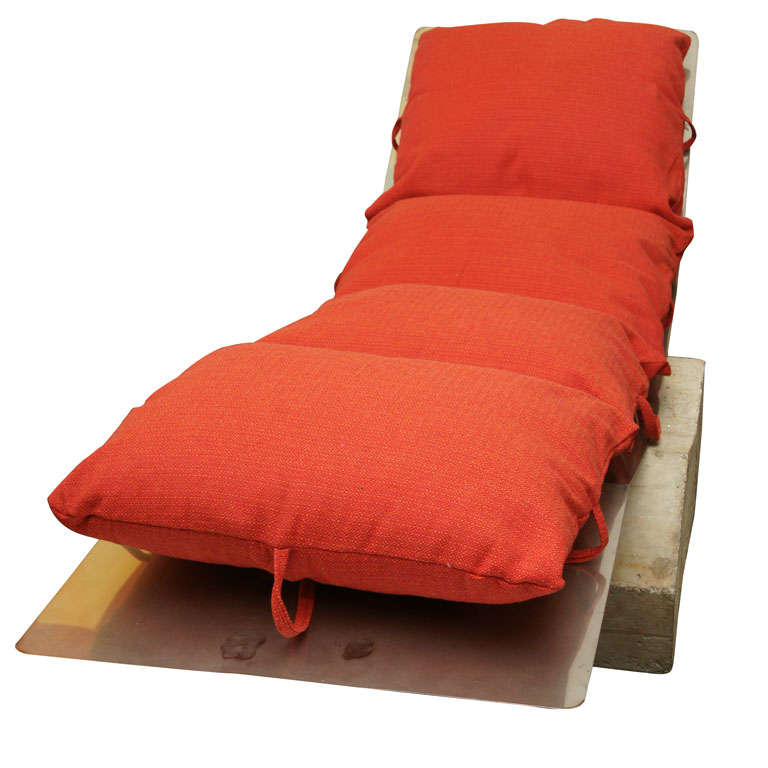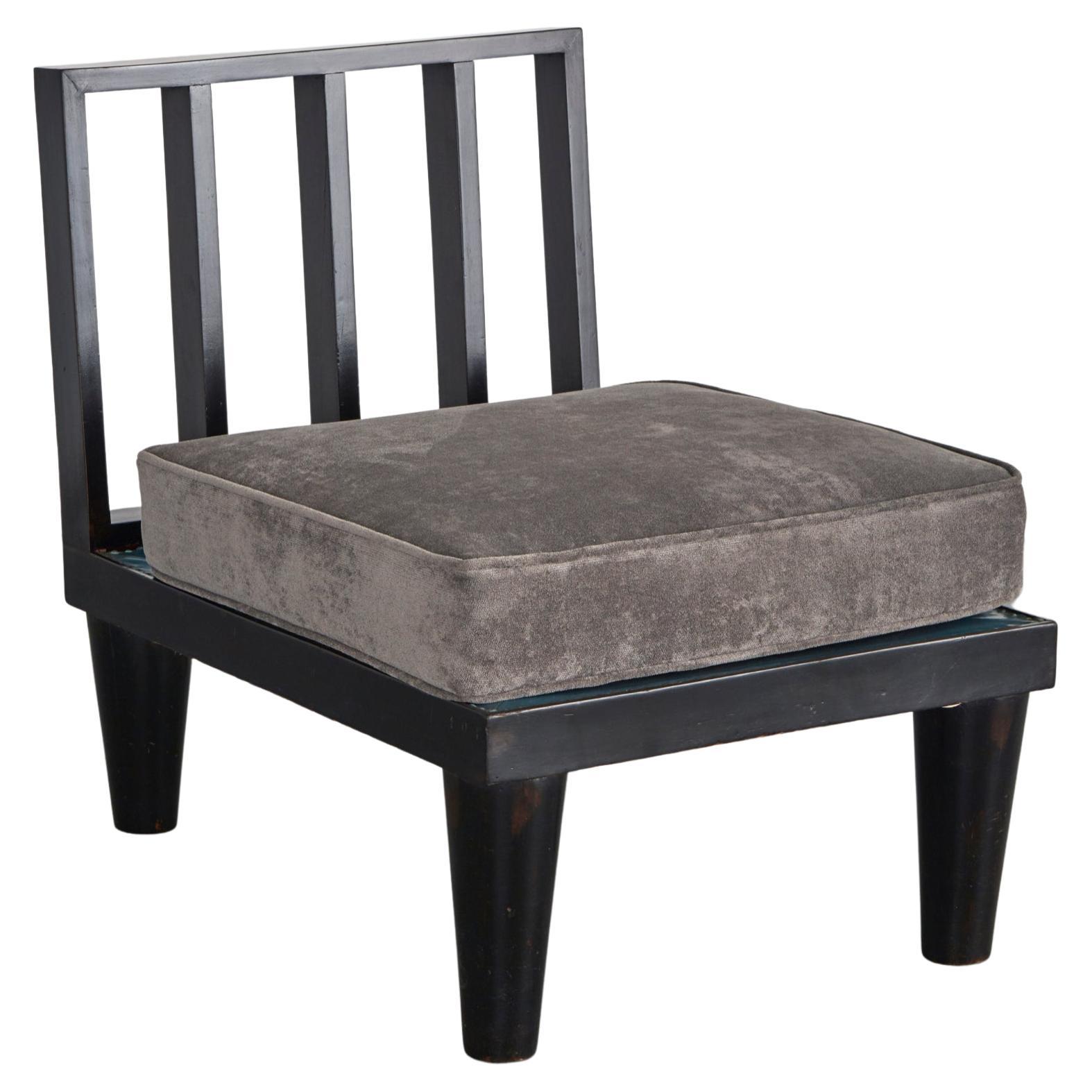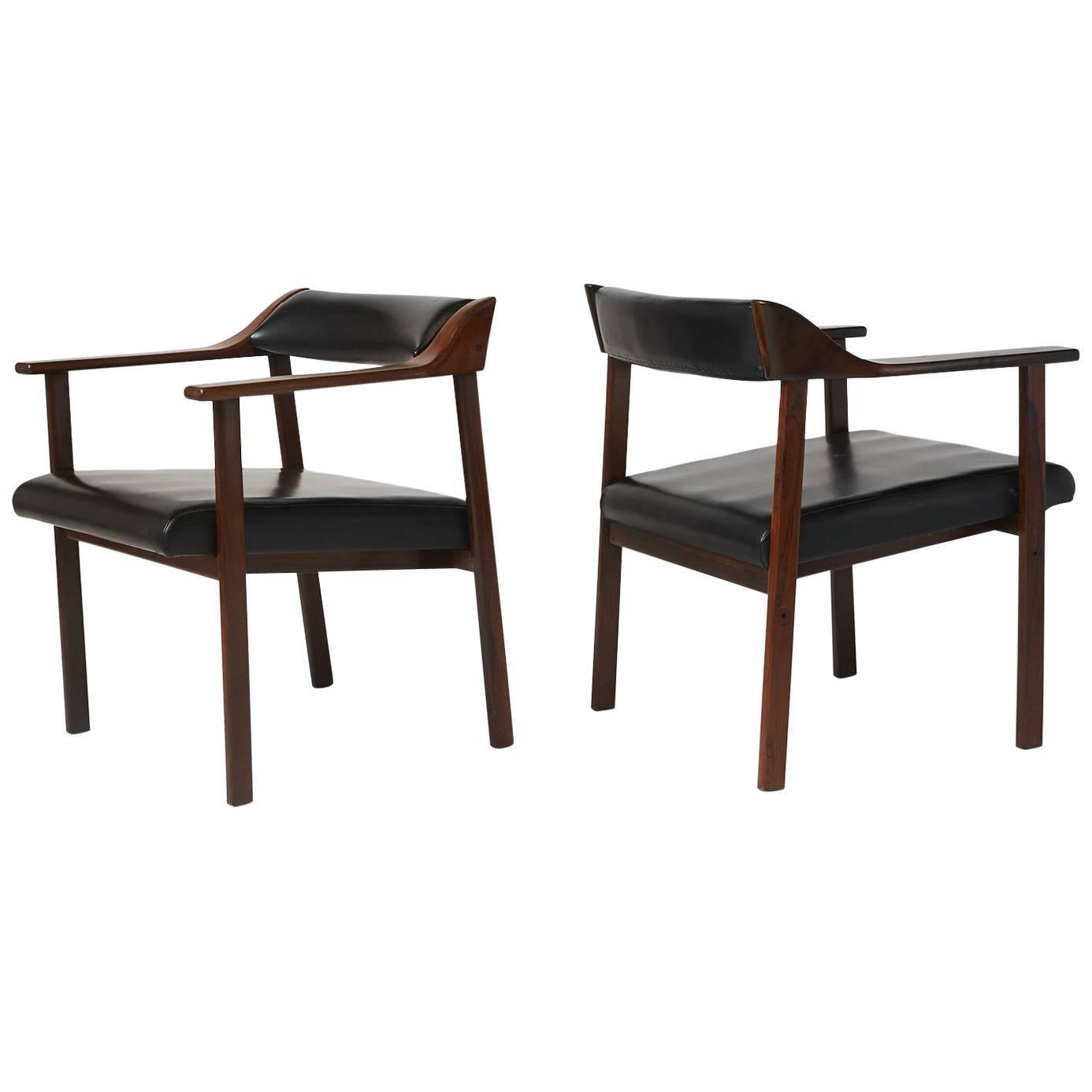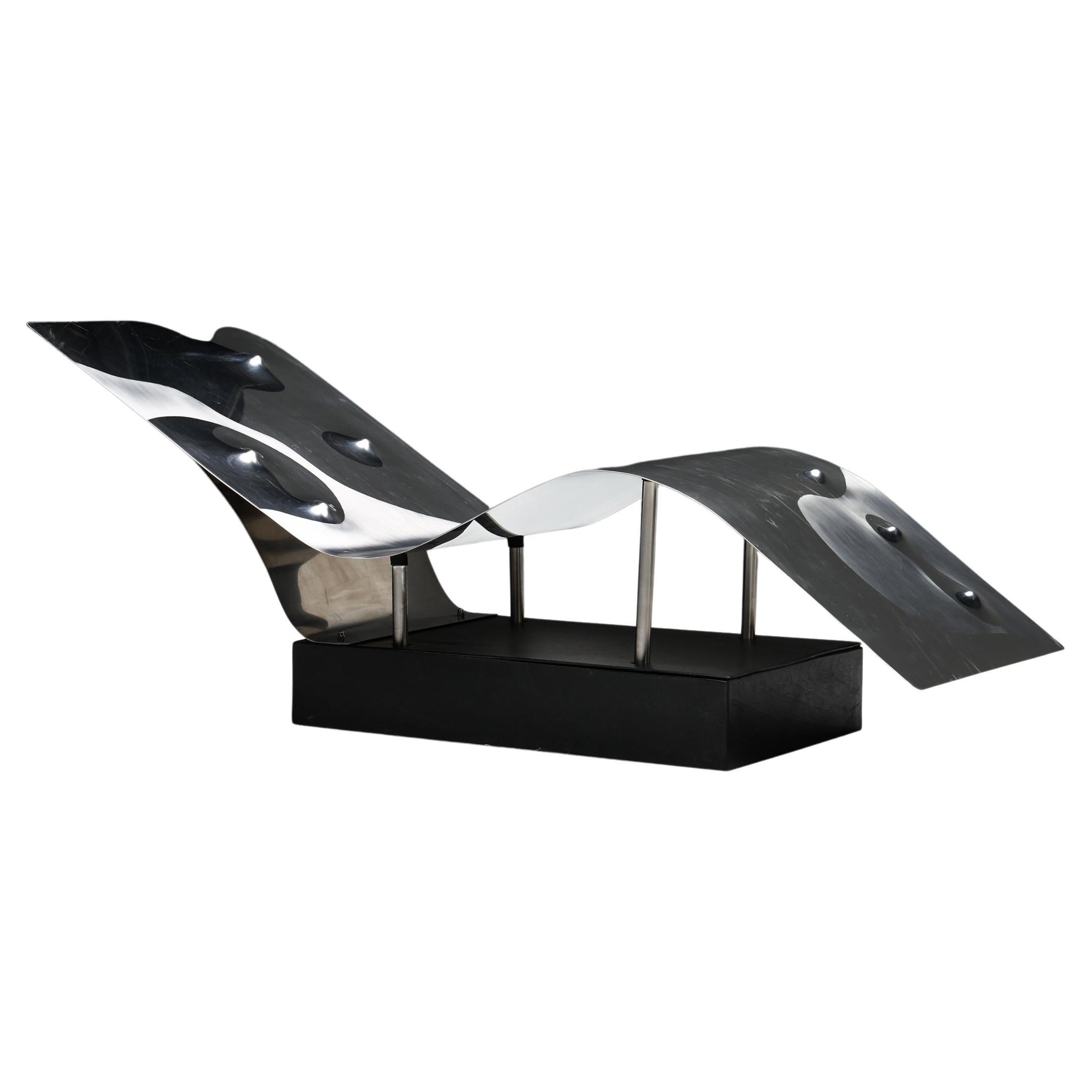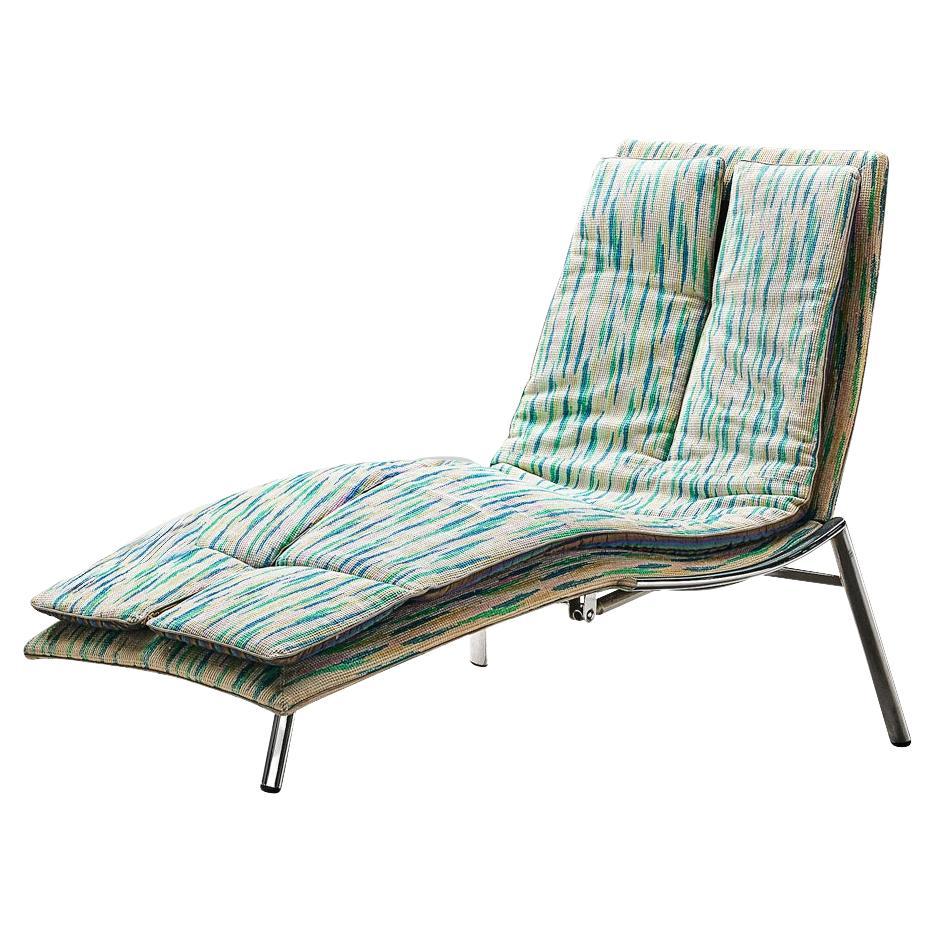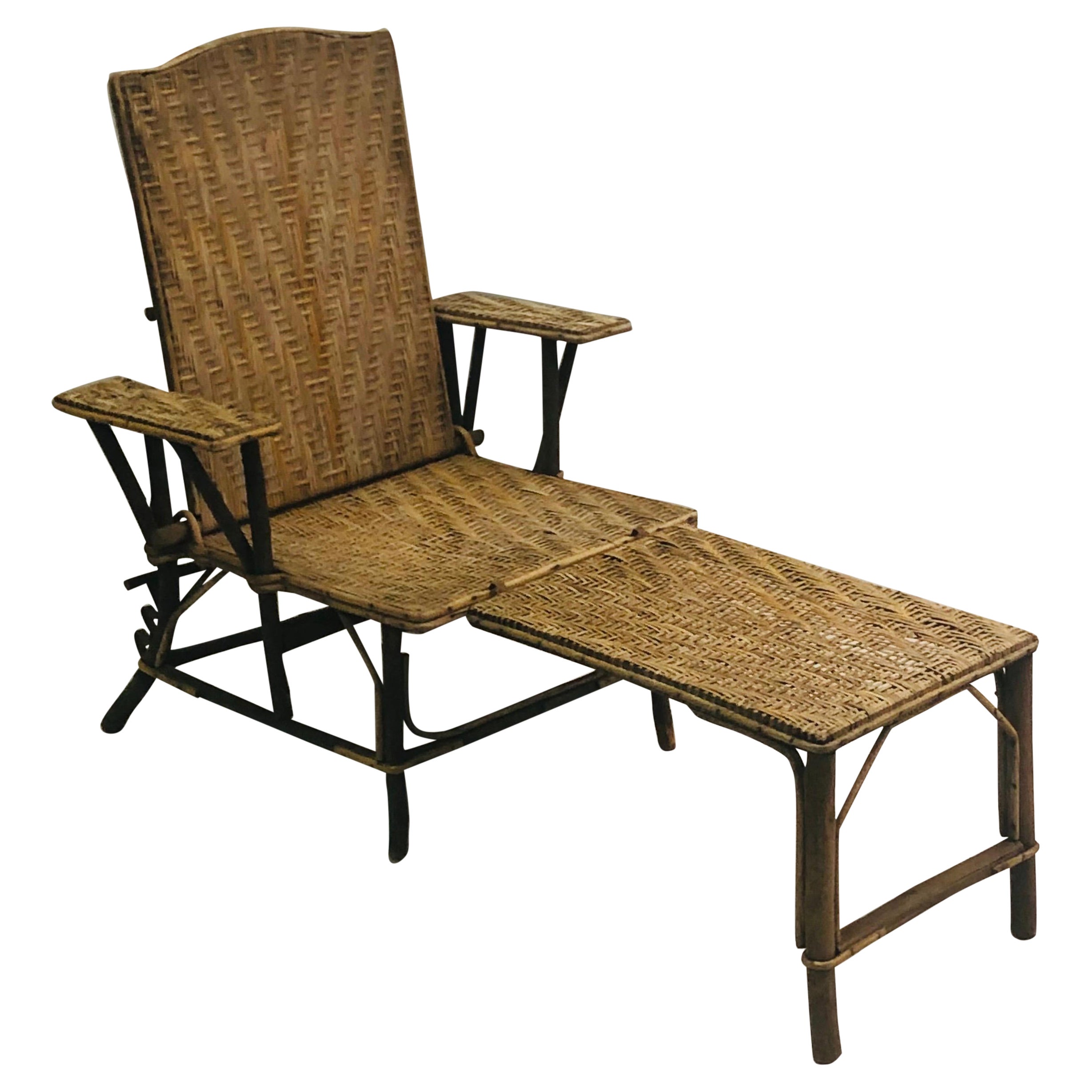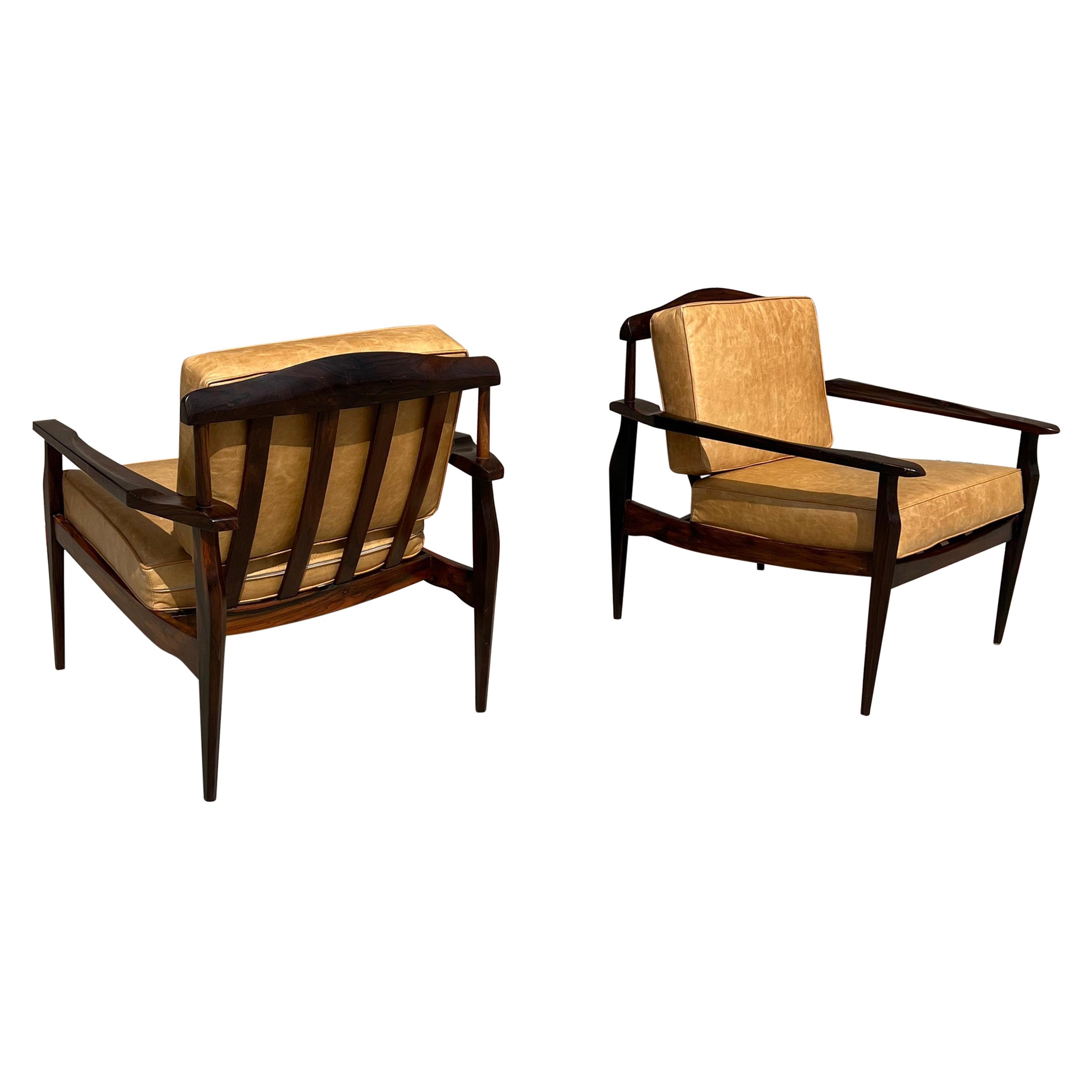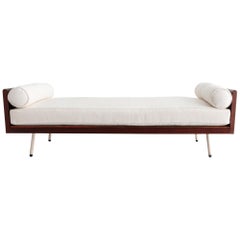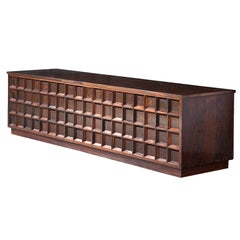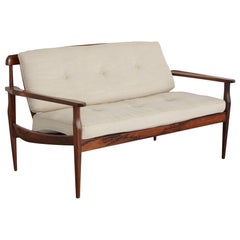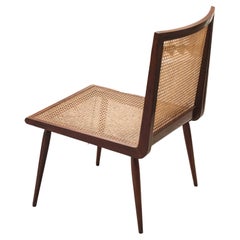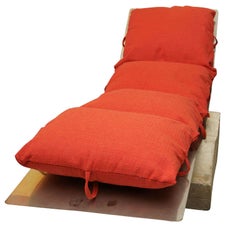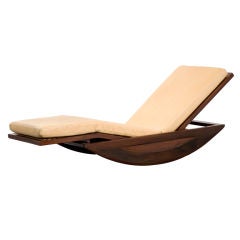
"Chaise Longue Rocking Chair" by Joaquim Tenreiro
View Similar Items
"Chaise Longue Rocking Chair" by Joaquim Tenreiro
About the Item
- Creator:Joaquim Tenreiro (Designer)
- Dimensions:Height: 30 in (76.2 cm)Width: 72 in (182.88 cm)Depth: 28 in (71.12 cm)
- Place of Origin:
- Period:
- Date of Manufacture:1940s
- Condition:Very good condition.
- Seller Location:New York, NY
- Reference Number:Seller: LC6761stDibs: U1201098771789
Joaquim Tenreiro
The Portugese-born furniture designer Joaquim Tenreiro was a pioneer of modernism in Brazil, where his work paved the way for the successes of such mid-20th-century design greats as Sergio Rodrigues, Jorge Zalszupin, and Lina Bo Bardi, an Italian-Brazilian architect whose futuristic São Paulo buildings are only part of her legacy.
Tenreiro’s vintage tables, chairs and storage cabinets are known for their simplicity of line and an elegance that is enhanced by the use of richly grained South American hardwoods such as jacaranda and imbuia.
Tenreiro’s father and grandfather were both master woodworkers, under whom he trained in the craft. He had artistic leanings and in the late 1920s enrolled as a university student at the School of Arts and Crafts in Rio de Janeiro, where he joined a group of upstart modernists protesting the staid, retrograde curriculum at the college. At the time, Brazil was culturally mired in a 19th-century mindset that was reflected in an upper-class preference for academic painting and reproduction furnishings in antique European styles. But the progressive spirit that Tenreiro and his colleagues fostered slowly gained force.
With the terms “lightness” and “functionality” as his bywords, Tenreiro opened a furniture-design business in 1943, where one of his first clients was the legendary architect Oscar Niemeyer. The arrival of Brazil’s first democratically elected government, in 1945, lent modernism official sanction, which culminated in the construction of the new capital, Brasília. Tenreiro eventually stepped away from design in the late 1960s to devote his time to sculpture and painting.
To appreciate how revolutionary Tenreiro’s work seemed, one must imagine the heavy, ornately carved, deeply varnished furniture that was the standard for top-end Brazilian interior design in the 1930s. Tenreiro’s chairs and sofas employed slender, softly angular frames that were only lightly stained to highlight the grains of the local woods. He preferred chairs and chaises with caned seats and backrests that “breathe” in the tropical climate, and as a carpenter and joiner he wanted to show off the beauty of Brazilian wood.
Two versions of a three-legged side chair introduced in 1947 serve as a veritable manifesto for a new age in Brazilian design: Using the stack-lamination technique, Tenreiro bonded together a gently contoured seat made of alternating layers of different-colored native woods to produce a magnificent stripe effect. These chairs, like all Tenreiro works, demonstrate the enduring power of simple design and superb construction — with a teaspoon of flair.
Find vintage Joaquim Tenreiro furniture on 1stDibs.

More From This Seller
View AllVintage 1960s Brazilian Lounge Chairs
Upholstery, Wood
Vintage 1950s Brazilian Daybeds
Metal
Vintage 1950s Credenzas
Vintage 1960s Brazilian Sofas
Rosewood
Vintage 1960s Brazilian Modern Lounge Chairs
Canvas, Wood
Vintage 1950s Dutch Lounge Chairs
Upholstery, Plywood
You May Also Like
Mid-20th Century Brazilian Mid-Century Modern Lounge Chairs
Cane, Hardwood
Vintage 1940s Brazilian Mid-Century Modern Rocking Chairs
Rosewood, Leather
21st Century and Contemporary Italian Chaise Longues
Steel
20th Century Italian Modern Chaise Longues
Concrete, Stainless Steel
Vintage 1970s French Mid-Century Modern Chaise Longues
Metal
Vintage 1950s Brazilian Mid-Century Modern Chairs
Faux Leather, Jacaranda
Recently Viewed
View AllRead More
The Weird Science of Rogan Gregory’s Hypnotic Designs
Using stone, wood and bronze, the wildly inventive sculptor creates an entirely new species of functional art object.
Learn Why Designer Maarten Baas Set This Charles Rennie Mackintosh Chair on Fire
What happens when you do something to a piece of furniture that you shouldn’t? It becomes an entirely new object.

